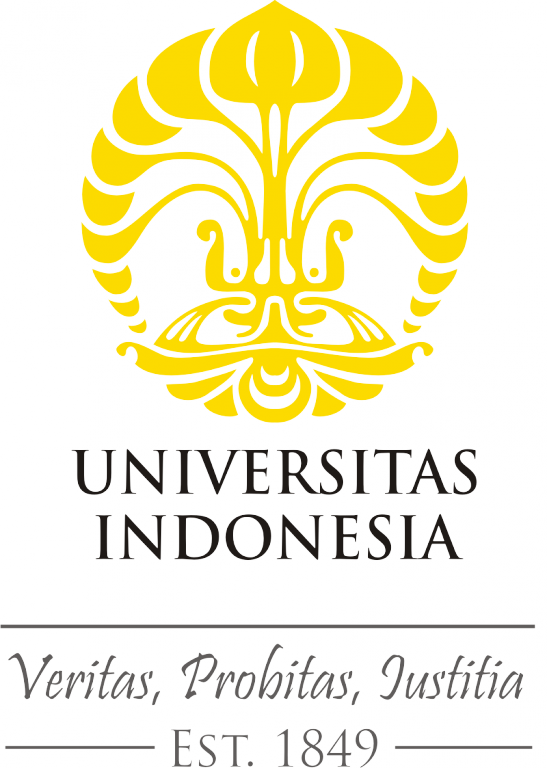Human resource management 17th ed.
Type: Buku


| Call Number | SEM-372 |
| Collection Type | Indeks Artikel prosiding/Sem |
| Title | Faster R-CNN with Structured Sparsity Learning and Ristretto for Mobile Environment. Hal 309-314 |
| Author | |
| Publisher | ICACSIS 2017 International Conference on Advanced Computer Science and Information System |
| Subject | Faster R-CNN; Structured Sparsity Learning; Ristretto; Tegra TX1 |
| Location |
| Nomor Panggil | ID Koleksi | Status |
|---|---|---|
| SEM-372 | TERSEDIA |